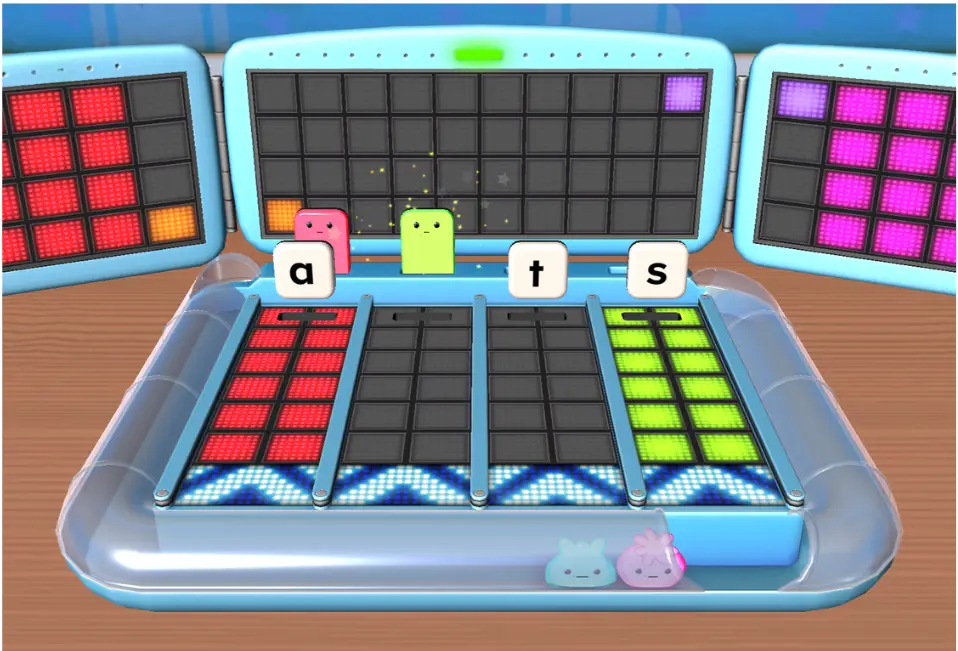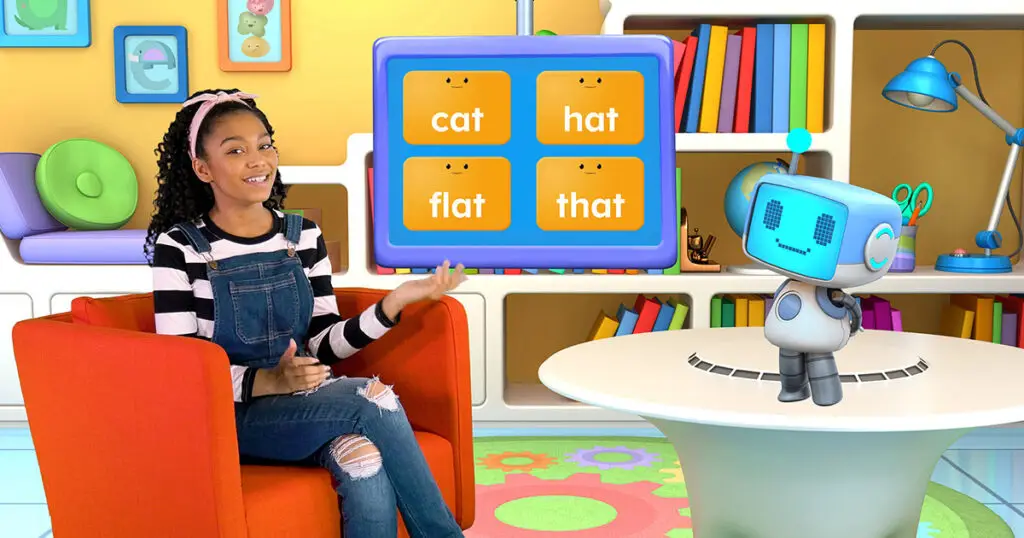
Sarah DeCotis
National Literacy Director
Did you know that phonemic awareness is the single strongest predictor of reading success… yet it often gets the least attention in schools? According to the latest National Teacher Quality Report, only 35% of teacher prep programs adequately cover phonemic awareness(1). That means a lot of educators are entering classrooms without deep training in one of the most critical building blocks of reading. Let that sink in for a second.
Phonemic awareness is like the broccoli of literacy instruction—super good for you but often pushed to the side in favor of more flavorful activities like interactive read-alouds or vocabulary games. Not that those activities aren’t important, but without phonemic awareness, students lack the foundational skills needed for reading success. If they can’t hear and play with the individual sounds in words, decoding becomes a serious challenge—no matter how polished the curriculum. Phonemic awareness is what helps students connect sounds to letters and blend them into words. It’s the bedrock of reading—and without it, even the best instruction struggles to take hold.
What is Phonemic Awareness?
At its core, phonemic awareness is the ability to identify and play with the individual sounds (phonemes) in spoken words. It’s oral and auditory. Think: blending the sounds /c/ /a/ /t/ to make “cat,” or segmenting “ship” into /sh/ /i/ /p/. These are not just fun games—they’re brain workouts that prepare kids for decoding!
As the Science of Reading tells us, this skill isn’t optional. It’s foundational.

But here’s the deeper connection: phonemic awareness is essential for orthographic mapping.
What’s that, you ask? Great question.
Orthographic Mappingis the mental process we use to store written words in long-term memory. It’s how a child sees the word “said” and knows it instantly—not because they memorized it in isolation, but because their brain connected or “mapped” the sounds in the word to the letters on the page.
And that only happens when students can accurately and automatically match phonemes to graphemes (sounds to letters).

Why Phonemic Awareness Matters
Poor reading comprehension? Go back to fluency
Poor fluency? Go back to word recognition
Poor word recognition? Go back to phonics
Poor phonics?
Go back to phonemic awareness
Reading isn’t just about sounding out words—it’s about making meaning. When decoding isn’t automatic, comprehension takes a hit.
So how do we make sure kids get what they need?
Here’s the good news: phonemic awareness is one of the few literacy skills that can—and should—be taught through PLAY.
Kids can jump, clap, tap, toss beanbags, or go on a sound scavenger hunt—and the entire time, they’re building the neural pathways that make reading possible. Play-based practice isn’t fluff. It’s research-backed, joyful instruction that supports deep learning.
Digital tools like Age of Learning’s My Reading Academy(R) are designed with exactly that in mind. Through interactive games and engaging activities, students blend, segment, and manipulate soundsin ways that feel more like recess than instruction—while building the skills they need for orthographic mapping and long-term reading success.

So, the next time you’re planning your literacy block, give phonemic awareness a little more love. Bring out the playdough, the puppets, silly voices…and yes…digital games! It might look like fun (and it is), but it’s also serious brain business.
Because when kids can hear the sounds in words, they’re on their way to reading them. And that’s where the magic begins.
If you found this useful, read Sarah’s article, “Unlocking Literacy Success with MTSS and the Science of Reading” here.
This article was edited in collaboration with ChatGPT, an AI language model developed by OpenAI.
- Ellis, C., Holston, S., Drake, G., Putnam, H., Swisher, A., & PESKE, H. (2023). The Teacher Prep Review: Strengthening Elementary Reading Instruction. Washington, DC: National Council on Teacher Quality

